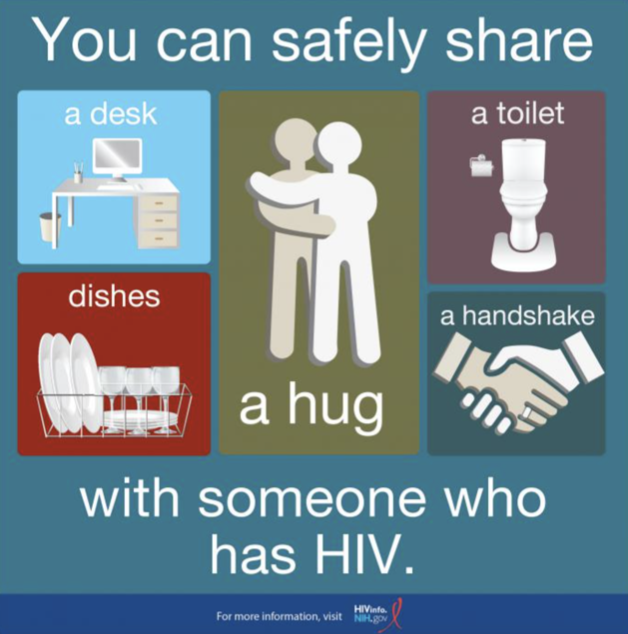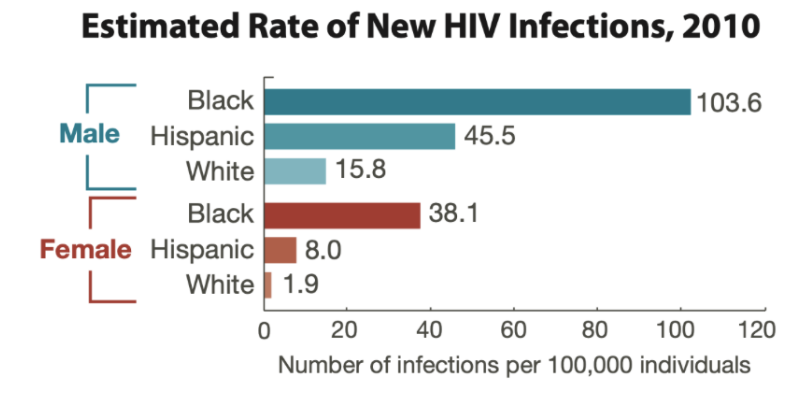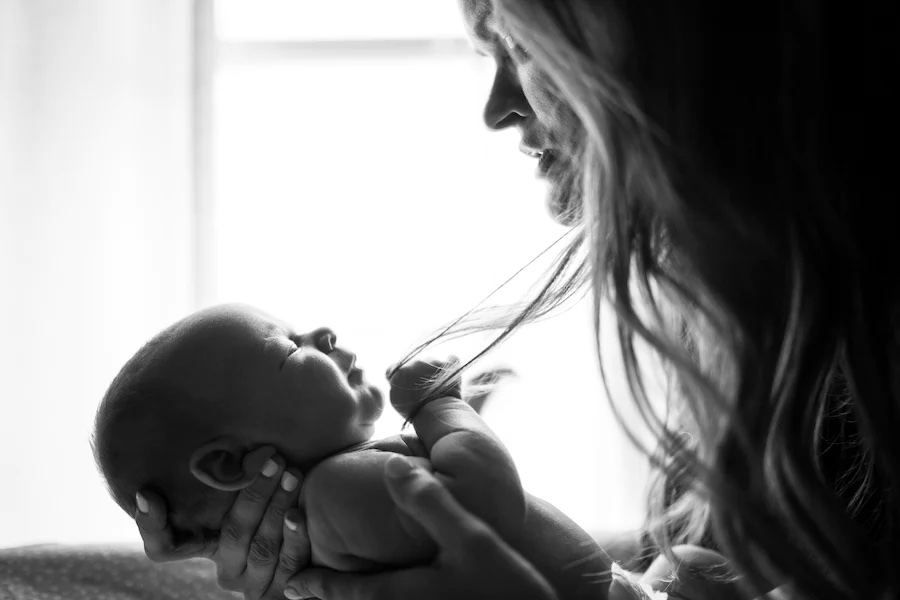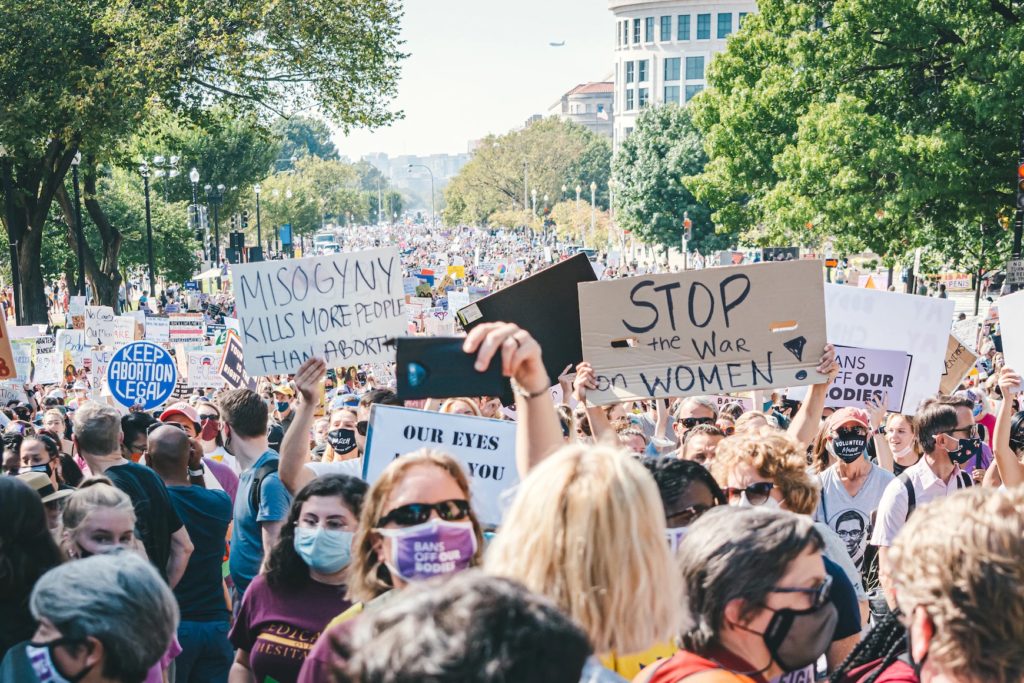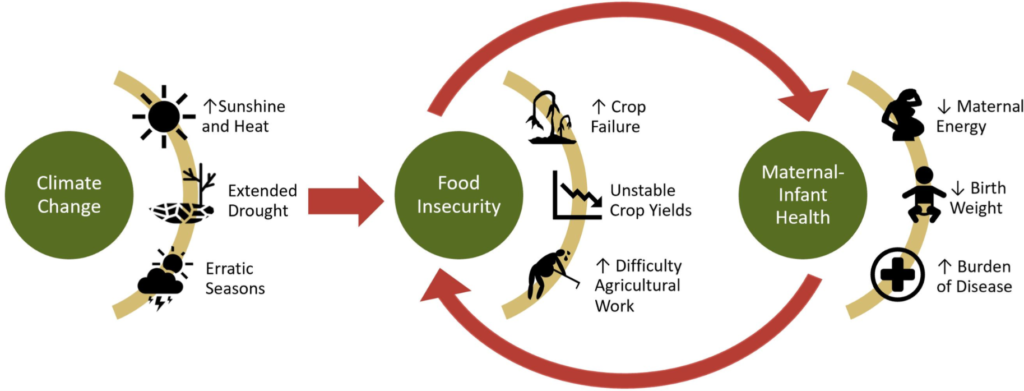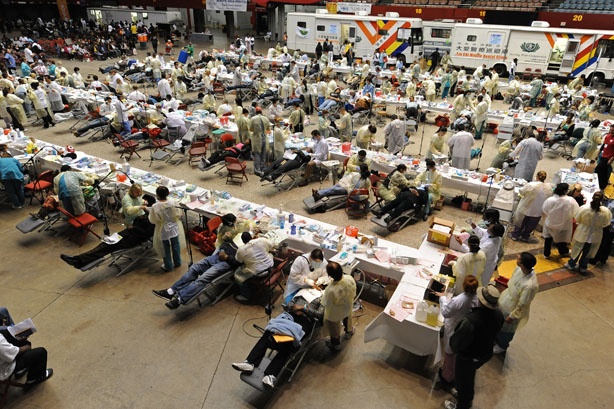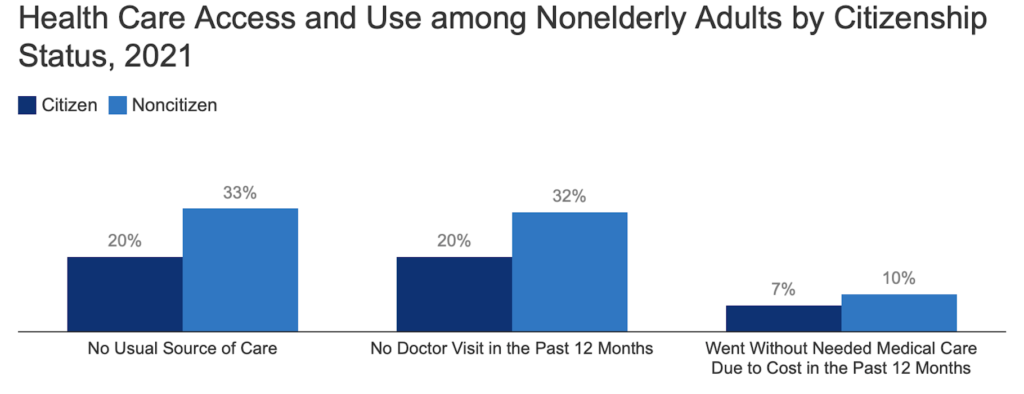Introduction
Contested illnesses inflict untold burdens on their sufferers. These burdens are not simply manifested in the physiological or psychological implications that are typical of disease. These illnesses vastly impact the social and interpersonal lives of their sufferers. From six years of firsthand experiences, watching my brother battle with his own contested illness, I know how these struggles can lead to distrust, confusion, and even animosity between loved ones. Often these issues arise from misunderstandings and incomplete knowledge of the condition, a facet that is at the heart of the “contested” nature of these diseases. These personal experiences my family and I have had, have caused us to make a point of understanding and explaining the true nature of these afflictions from both objective and empathetic perspectives.
John’s Story
When my brother was going into his junior year of college, he decided to end his college baseball career and transfer back to our hometown college. Around this time he was having a series of strange symptoms come and go. Mainly, he was suffering from migraines and blurred vision. At the time he chalked this up to the stress of his new transition and a bad eyeglass prescription. Throughout the next five years, he struggled with receiving a lasting diagnosis as well as a constant increase in symptom presence and intensity. Eventually, after spending five weeks at the Mayo Clinic, John was able to finally receive the diagnosis that he was expecting, Chronic Fatigue Syndrome. As we discussed in class, this diagnosis came with mixed emotions. While being diagnosed with a contested illness may come with uncertainties and fear, this was the first time that he felt that he knew what was happening to him and he felt a sense of belonging and relief.

Having a brother experience this was hard, not just for him but for all of our family. We saw someone transition from a college athlete to being functionally disabled at times. Throughout the diagnosis process, there were times when our family and loved ones questioned his status and even his symptoms. This caused social and interpersonal strain throughout our extended family. To this day, he still faces others questioning his illness and doctors disagreeing with his diagnosis. Furthermore, this illness has burdened my mother financially as she now supports her son financially and often fills the role of unpaid caregiver.
Issues in CFS Care
Seeing this process from a closer and more personal vantage point has allowed me to see some of the issues that exist within the treatment of Chronic Fatigue Syndrome; paired with the readings from class and further outside research, I feel that I have gained a more rounded perspective on this topic. One issue that I quickly noted was the fragmentation of medical care. With specialists occupying 66% of United States doctors [1], holistic care for systemic issues becomes unattainable. In search of a diagnosis, John went to ophthalmologists, neurologists, immunologists, orthodontists, endocrinologists, and many more specialists. Each offered their own theory that fell into their category of expertise. It wasn’t until he underwent long-term testing under the supervision of multiple practitioners at the Mayo Clinic that he was officially diagnosed. According to the CDC, an estimated 836,000 to 2.5 million Americans suffer from Chronic Fatigue Syndrome [4]. With estimates this large, the current model of fragmentation of care is not sustainable. Under models of incremental care, such as that of Dr. Loder from, “The Heroism of Incremental Care” [5], patients would not need to be passed around between dozens of specialists. Rather, primary care providers could work with patients to note minute changes in their symptomology and address diagnoses and further visits from a more holistic view.
Between 836,000 and 2.5 million Americans have been estimated to have ME/CFS
CDC
A second issue that is ever present with Chronic Fatigue Syndrome is the inconsistency of therapy. Some sources, such as the CDC, focus more on short-term symptom palliation while others attempt to reduce the intensity of all symptoms on a long-term scale [8]. One example of the latter is what is known as graded exercise therapy (GET). David Scales quickly mentions this as a point of contention in Chronic Fatigue communities [6]. This program aims to slowly build up strength and condition the patients through incremental exercise regimens. However, this type of therapy can worsen the post-exertional malaise symptom of these patients and potentially be deleterious to their intended goals. Furthermore, this therapy is founded on a flawed study with improper design and poor data [7]. Even with this knowledge, GET is still widely applied. However, it seems that the tides are turning on this practice and the Mayo Clinic reversed its stance on GET, removing it from their regimen in 2021 [2].
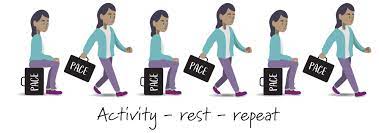
One final issue that was at the heart of much of my brother’s pain was the disbelief tied into this condition. As a contested illness, it inherently comes with doubts and debates as to the symptomatology, etiology, prognosis, etc. but the one aspect that needs to be believed is the patient’s pain and suffering. Too often he (and many like him) was told that his symptoms were in his head, or that he needed to work harder to get through it. Just as Boodman points out with fibromyalgia patients, the disbelief from medical professionals is nothing short of “medical gaslighting” and does nothing further perpetuate their patients’ pains [3].
Conclusion
While my unique perspective has allowed me to view this condition and others like it with a particular air of empathy, I also understand that it has made me biased toward the situation. I try to view evidence from a more objective lens and view patient experiences from a more empathetic lens, though this does not breed the best level of research. However, I believe that my circumstances have given me the drive to look further into this condition and examine what areas need to be fixed. These experiences have been foundational to my desire to pursue medicine, and I hope that I carry this zeal toward all aspects of my professional career.
Sources
[1] “Active Physicians with a U.S. Doctor of Medicine (U.S. MD) Degree by Specialty, 2019.” AAMC, Dec. 2019, https://www.aamc.org/data-reports/workforce/data/active-physicians-us-doctor-medicine-us-md-degree-specialty-2019.
[2] Bateman, Lucinda, and et. al. “Myalgic Encephalomyelitis/Chronic Fatigue Syndrome: Essentials of Diagnosis and Management.” Mayo Clinic Proceedings, U.S. National Library of Medicine, 25 Aug. 2021, https://pubmed.ncbi.nlm.nih.gov/34454716/.
[3] Boodman, Eric. “In a Sea of Skeptics, This Physician Was One of Fibromyalgia Patients’ Few True Allies. or Was He?” STAT, 27 Oct. 2021, https://www.statnews.com/2021/10/20/selling-certainty-epicgenetics-physician-was-one-of-fibromyalgia-patients-few-true-allies-or-was-he/.
[4] “Epidemiology.” Centers for Disease Control and Prevention, Centers for Disease Control and Prevention, 21 Apr. 2021, https://www.cdc.gov/me-cfs/healthcare-providers/presentation-clinical-course/epidemiology.html#:~:text=Some%20important%20facts%20include%3A,diagnosis%20from%20a%20healthcare%20provider.
[5] Gawande, Atul. “The Heroism of Incremental Care.” The New Yorker, The New Yorker, 16 Jan. 2017, https://www.newyorker.com/magazine/2017/01/23/the-heroism-of-incremental-care.
[6] Scales, David. “What I’ve Learned Reporting about Lyme Disease, a Contested Illness.” Columbia Journalism Review, Columbia Journalism Review, 18 Dec. 2018, https://www.cjr.org/analysis/lyme-disease-contested-illness-empathy.php.
[7] Simon, Stephanie. “Bad Science Misled Millions with Chronic Fatigue Syndrome. Here’s How We Fought Back.” STAT, 29 Dec. 2016, https://www.statnews.com/2016/09/21/chronic-fatigue-syndrome-pace-trial/.
[8] “Treatment of ME/CFS.” Centers for Disease Control and Prevention, Centers for Disease Control and Prevention, 28 Jan. 2021, https://www.cdc.gov/me-cfs/treatment/index.html#:~:text=Some%20people%20with%20ME%2FCFS%20might%20benefit%20from%20trying%20techniques,a%20sense%20of%20well%2Dbeing.




